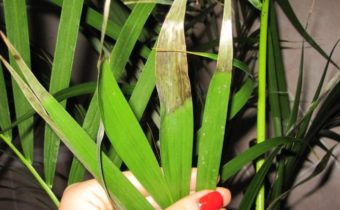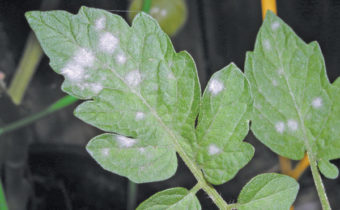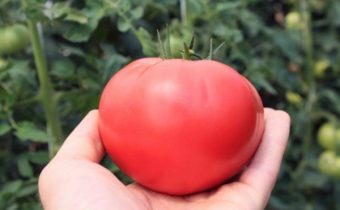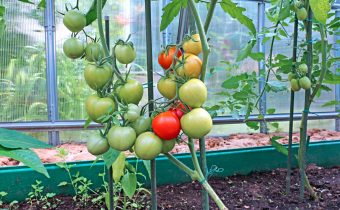Why are the leaves curled around a tomato in a greenhouse?
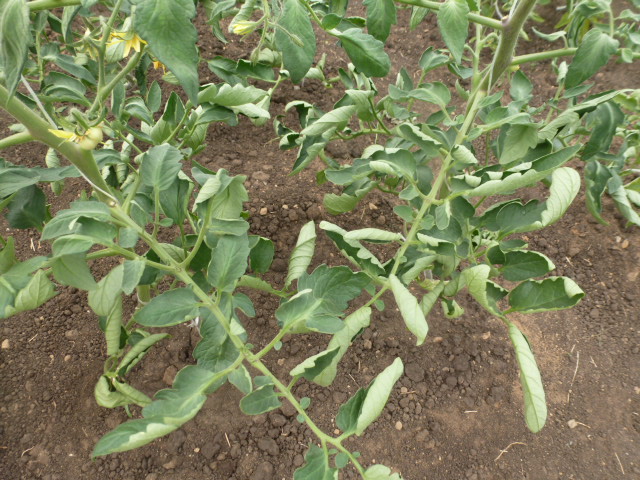
One such unpleasant sign is leaf curling. After all, a leaf is a biochemical factory that constantly produces nutrients day and night, and it is on their quantity and quality that the quantity and quality of our fruits will depend.
Temperature readings
Why do leaves of tomatoes curl in a greenhouse, what to do? Take a look at the thermometer, and if you are an experienced vegetable grower, then you can determine with your own body from the first minute of entering the greenhouse whether the temperature is sufficiently comfortable for a tomato. The processes of photosynthesis that occur in the leaf plate are possible only at a certain temperature and humidity. If the air temperature is above 28-30 degrees, the moisture evaporates from the leaf and the chloroplasts die in the cells of the leaf. To prevent this from happening, the plant is compelled to defend itself, it twists the sheet, thus preventing moisture from sweating out. Even if we understood perfectly why leaves are curling up in tomatoes, what should we do if the temperature on the street beats records, and airing the greenhouse does not help anymore?
See also:How many branches does tomato blast give
Air humidity indicators
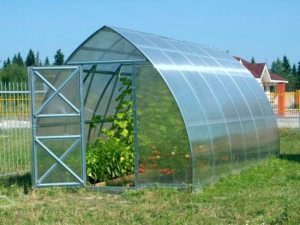 As a rule, greenhouse growers are very afraid to increase moisture due to phytophthora attack. However, this is the case when it is necessary to find the optimal balance between temperature and humidity in order to alleviate the suffering of plants.
As a rule, greenhouse growers are very afraid to increase moisture due to phytophthora attack. However, this is the case when it is necessary to find the optimal balance between temperature and humidity in order to alleviate the suffering of plants.
Tomato leaves curling up is a clear sign of moisture deficiency and excessive heat. Increase the humidity of the greenhouse, and in order to protect tomato plants from phytophthora treat them with a fungicide even outside of the spray schedule. Already the process of treatment with solutions will increase the humidity and reduce the temperature shock. Spraying water will also have a positive effect, and if you add Fitosporin-M powder to it, the effect will be stunning. You will not allow the spread of spores of phytophthora fungi, increase the immunity of the plant itself and the moisture index in the greenhouse.
Pay attention to the state of foliage in the evening, if it straightens, “comes to life”, becomes more healthy, it means that you are acting correctly.
Illumination
Sometimes the leaf "closes" from excessive sun. If the greenhouse is located in an open area, it is fully illuminated by direct sunlight, and cloudless weather has been standing for a week already, it is very likely that by twisting the leaf reacts to excessive insolation.
Recently, blackout nets for indoor and outdoor ground are becoming increasingly popular, and unfortunately, this is not a tribute to fashion, but rather a necessity. Stretch the nets over the plants, cover them from the scorching sun and the leaves will finish.
See also:Tomato Verlioka plus reviews (photos)
Ground water regime
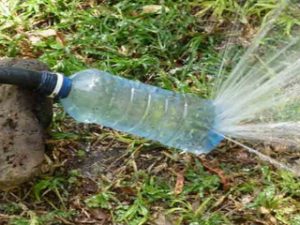 Watering tomatoes a little bit, you moisten the surface 2-3 cm of soil, while the root system lies at a depth of 40-45 centimeters. Undermine the ground near the plant and make sure that the soil mixture is really wet there. If it is not necessary to make grooves around the plants, pour tomatoes abundantly. Watering should be done rarely, but so that each spine of the tomato is available moisture.If you water with cold water and it is very hot in the greenhouse, the temperature shock will not bring the desired effect and the plant will sink even more.
Watering tomatoes a little bit, you moisten the surface 2-3 cm of soil, while the root system lies at a depth of 40-45 centimeters. Undermine the ground near the plant and make sure that the soil mixture is really wet there. If it is not necessary to make grooves around the plants, pour tomatoes abundantly. Watering should be done rarely, but so that each spine of the tomato is available moisture.If you water with cold water and it is very hot in the greenhouse, the temperature shock will not bring the desired effect and the plant will sink even more.
Top dressing
If the plant feels not the best way due to abnormal weather conditions, and adjust it you are not able to give up fertilizing. Stressful situation is not the best time to increase fertility. The plant survives at this time, and your task is to help him with this, and having survived the stress, resume and feed.
See also:Tomato Rocket reviews (photos) who planted?
Diseases
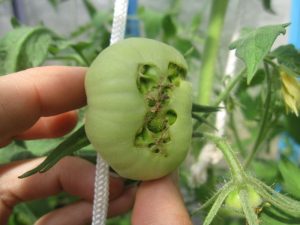
Diseases of tomatoes can also lead to leaf rolling. Leaves curl when:
- Fusarium wilt;
- Viral twisting of the leaves;
- Tomato mosaic.
If the curling begins with the lower leaves, and at the same time they intensively turn yellow, then most likely they are signs of fusarium wilt.
If the leaves are curled down, then most likely the progression of wrinkled mosaic, but twisting around its axis, and even changing the color of the leaf to pink, indicates viral curling of the leaves.
It is unlikely that the plant can be cured, but by applying the spray “Fitosporin — M” it is possible to stop the spread of the virus.
Leaves may also curl when pests invade the greenhouse. Whitefly and aphid sucking nutrients, not only injure the plant tissues, but also selects nutrients, instead leaving their "drool", to which the plant also reacts unequivocally.
Carefully inspect the plants and treat with insecticides if necessary. If the insect population has not yet had time to grow, then one spraying will be enough.
Daily, regular, close attention to tomato plants in the greenhouse will allow time to notice the impending danger and prevent it.


